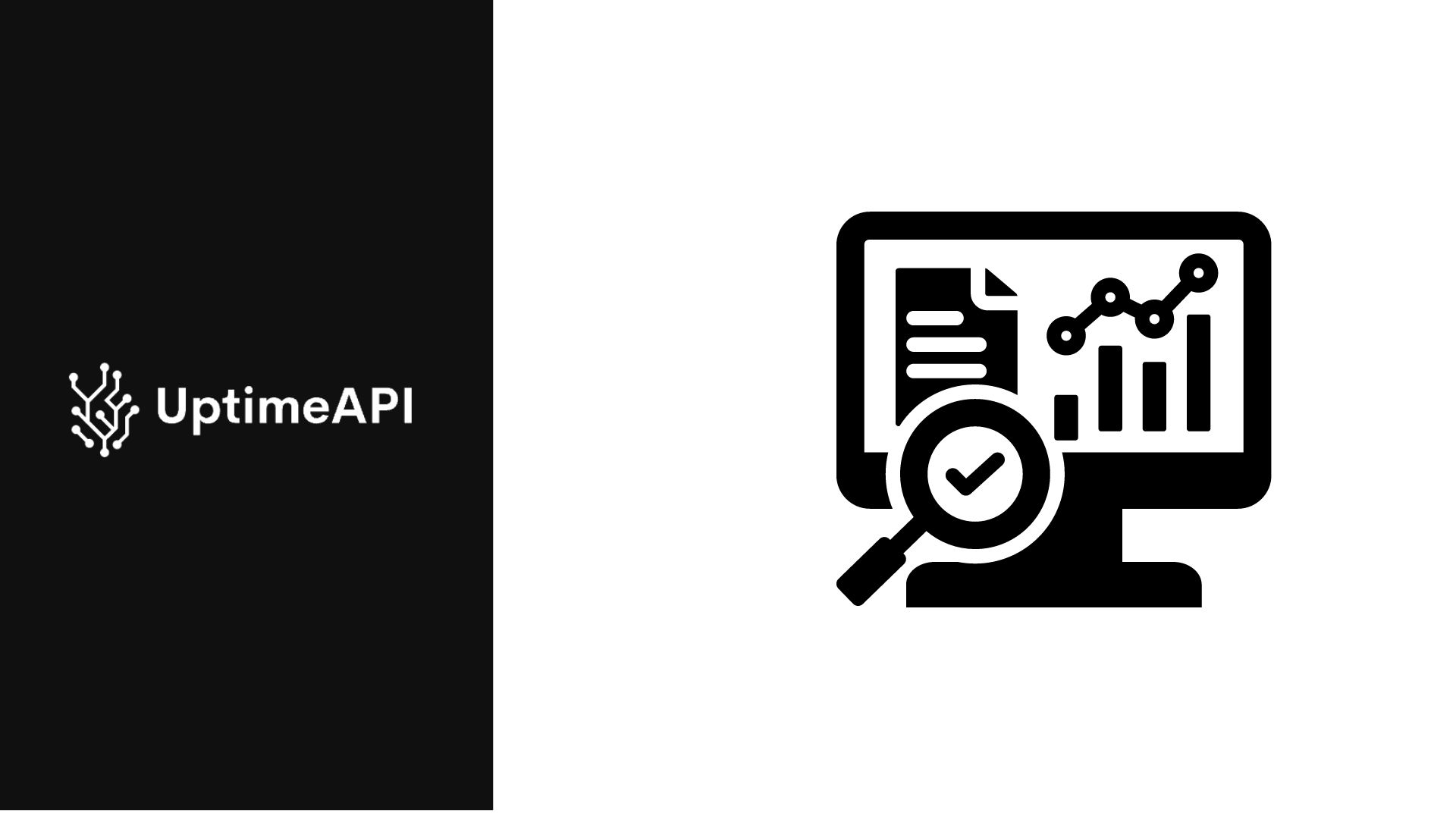API Downtime Alerts: A Developers Guide

In today's digitally driven world, APIs (Application Programming Interfaces) serve as the backbone of many applications, enabling different software systems to communicate and share data seamlessly. The reliability of these APIs is crucial for maintaining the functionality and user experience of various services, from e-commerce platforms to financial applications. When an API goes down, it can lead to significant disruptions, impacting both operations and user trust. This is where API downtime alerts come into play. These alerts are essential for developers and IT teams to quickly identify and address issues, ensuring minimal disruption and maintaining high service standards.
The Role of Developers in Managing API Uptime
Developers play a pivotal role in managing and maintaining API uptime. Their responsibilities include not only writing and maintaining the code but also implementing robust monitoring and alerting systems to detect and respond to any issues promptly. By leveraging the right tools and strategies, developers can ensure that APIs remain operational and performant, thereby supporting the overall stability of the services that depend on them.
Why Are API Downtime Alerts Necessary?
API downtime refers to the period during which an API is unavailable or not functioning as expected. This can include complete outages, slow response times, and high error rates. Understanding the nuances of API downtime is critical for effective monitoring and management.
API outages are frequently caused by network issues. These problems can have a number of causes, such as malfunctioning hardware, incorrect setups, or outside influences that interfere with communication. To reduce downtime, network problems must be quickly identified and fixed. Server overload caused by high traffic volumes might result in sluggish response times or failures. Server overloads can be avoided and heavy traffic can be managed by putting load balancing and scaling techniques into practice.
API unavailability may also be caused by coding faults and bugs. It is possible to find and address problems before they affect production by implementing best practices for debugging and thorough testing throughout development. For a number of features, APIs frequently rely on external services. There may be an impact on the dependent API if certain external services go offline. One way to lessen the effects of failures by third parties is to implement redundancy and backup measures.
Uptime API
With Uptime API, you can monitor your APIs. It works by regularly confirming that your APIs are up and running and performing as expected. Setting up monitors is easy. To set up monitors, you need the target API endpoint URL and the ability to change the watch's timeout and interval parameters. While timeouts indicate how long an API will wait for a response, monitoring intervals show how frequently an API will perform health checks. You may customize monitoring to your needs and preferences with these settings.
You may create alerts and select which contacts should get notifications directly from your API dashboard. This way, you may then update your team. Thanks to its many changeable settings and monitor restrictions, you can choose the package that best meets your monitoring needs. It also provides historical data and analytics so you can track changes in API performance and availability over time. Get access to your logs so you can look into any issues with the API.
Analyze past performance patterns and base your choices on the truth. Alerts can be tailored to your requirements in order to avoid unnecessary interruptions. real-time API monitoring with immediate information. Select the alert distribution method—such as webhooks, SMS, or email notifications—that best suits your requirements.
